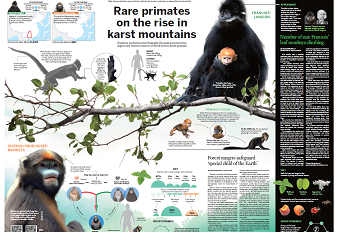Guizhou cashes in on cool climate
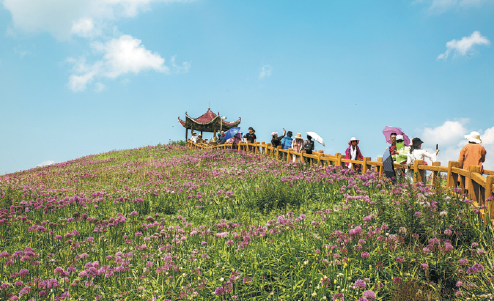
Visitors enjoy blooming flowers at the Jiucaiping scenic area in Bijie, Guizhou province. LUO DAFU/FOR CHINA DAILY
When scorching heat waves hit most parts of China last month, Guizhou province on the Yunnan-Guizhou Plateau, with a cool average summer temperature of 23 C, became a popular tourist destination.
Situated at an altitude of 2,777 meters, wild Chinese leek flowers bloomed in the Jiucaiping scenic area of Bijie city, attracting a large number of tourists from warmer places such as Chongqing and Guangdong province.
"Since August, my rooms have always been occupied," said Xu Guiqin, a local villager who runs a homestay 10 minutes' drive from the scenic area.
Xu said her business has rebounded after being affected by the COVID-19 epidemic earlier this year.
To attract more tourists, the provincial government has rolled out a series of policies, including slashing the entrance fees to major scenic spots by half, and offering discount vouchers worth 10 million yuan ($1.46 million) to visitors to promote the cultural and tourism sectors. The vouchers can only be used at specified venues.
Guizhou's tourism sector once lagged behind other provinces, but in recent years it has been a popular destination for summer travel due to its mild temperatures and beautiful scenery. In July, the number of tourists increased 43 percent from the previous month to 77.55 million, while tourism revenue for the province increased 38 percent to 58.39 billion yuan over the same period.
According to a report by online travel platform Trip, by mid-August Guizhou ranked as the fifth most popular provincial tourist destination. Travel between provinces resumed in mid-July following a long suspension due to the novel coronavirus epidemic.
Anshun city, with an annual average temperature of 14.2 C boasts many tourist attractions, such as the Huangguoshu Waterfall, the largest in China.
"It only takes 30 minutes to drive here from the Huangguoshu resort. Our village has seen more tourists in recent years," said Wei Jun, Party chief of Leikua, adding that the village was trying to develop tourist attractions specializing in ancient rattan armor and the culture of the Bouyei ethnic group.
The village has three country-style restaurants, 10 grocery stores and homestays with over 200 beds. The per capita disposable income of villagers was 8,800 yuan last year, almost double the level in 2014.
Wei Xingxiu, a 57-year-old formerly impoverished Bouyei villager, now runs a restaurant from her home. Since her business opened in May, Wei has earned over 10,000 yuan. In the past, she was fortunate to earn 80 yuan a day doing odd jobs.
With tourists bringing in revenue, the environment of the village has also changed. "The road was muddy in the past, but now it's covered with cement," Wei said.
京ICP备13028878号-8







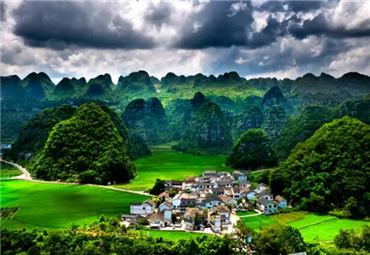 Overview
Overview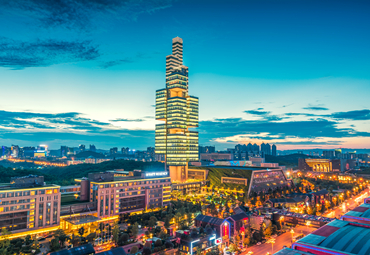 Guiyang
Guiyang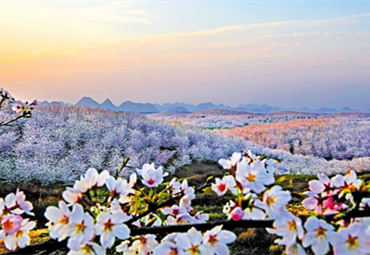 Guian New Area
Guian New Area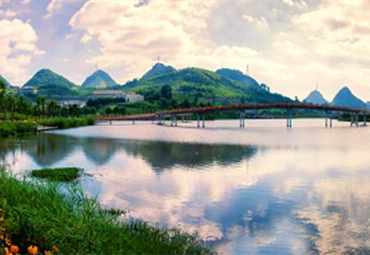 Liupanshui
Liupanshui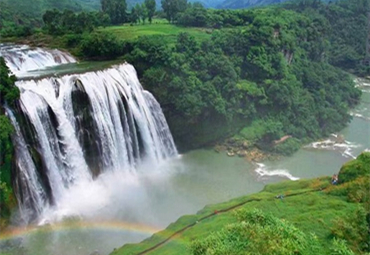 Anshun
Anshun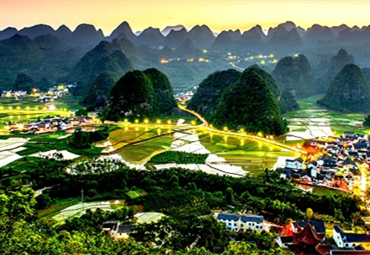 Qianxinan
Qianxinan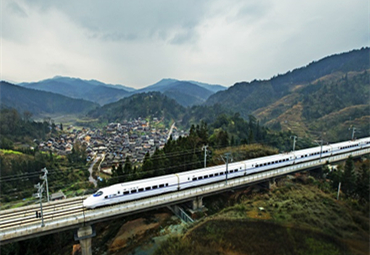 Qiandongnan
Qiandongnan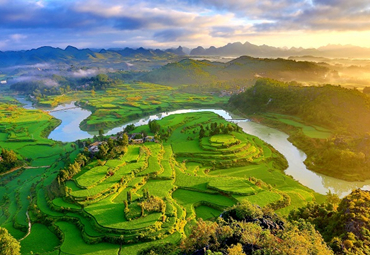 Qiannan
Qiannan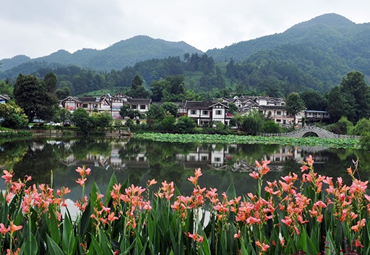 Zunyi
Zunyi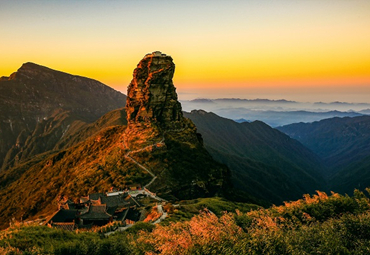 Tongren
Tongren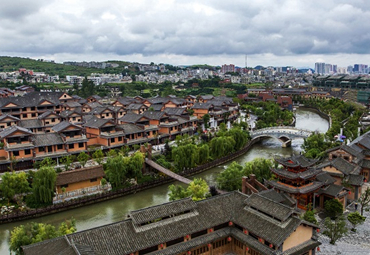 Bijie
Bijie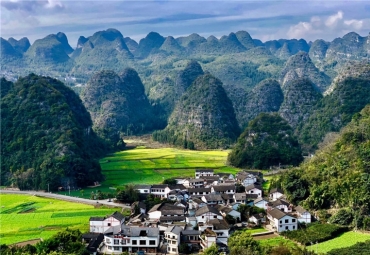 18th Guizhou Tourism Industry Development Conference
18th Guizhou Tourism Industry Development Conference 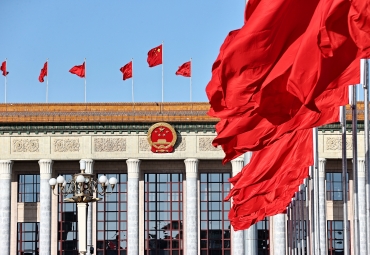 Guizhou voice at 2024 national two sessions
Guizhou voice at 2024 national two sessions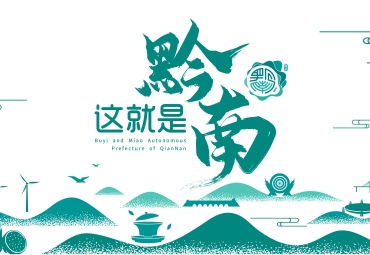 Discover natural beauty in Qiannan, Guizhou
Discover natural beauty in Qiannan, Guizhou 
